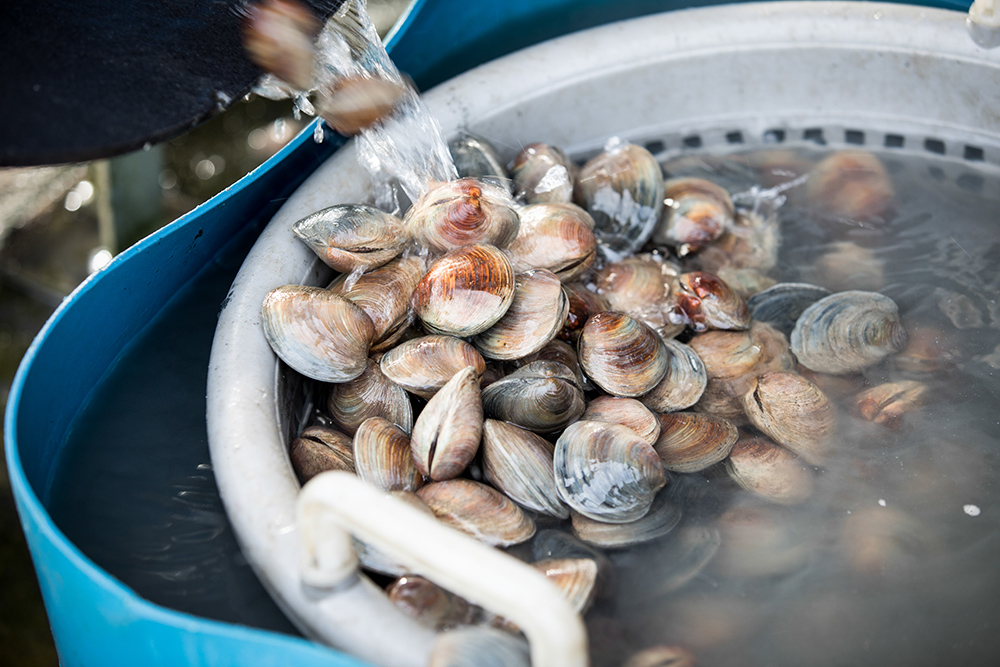By George Boyhan
University of Georgia
Summer has arrived in Georgia. It's time to hunker down in the air conditioning -- or maybe not. While it's too hot to do a lot of gardening, you can still plant peas.
You certainly don't want to start cool-season vegetables like cabbage, collards or lettuce yet. Even some warm-season vegetables don't do very well when it's this hot. Tomatoes and peppers are good examples: when nighttime temperatures get above 70 degrees Fahrenheit, the flowers fall off.
To the rescue comes the lowly southern pea, which has more common names than you can shake a stick at. Known most commonly worldwide as cowpeas, they're also called black-eyed peas, crowders, field peas or just plain peas.
High protein source, native to Africa
Southern peas are native to Africa, where they've fed people for thousands of years as an easy-to-grow, rich source of protein and energy.
In this hemisphere, they've been a godsend for many of the poor. Haiti is a desperately poor, overpopulated country that has had much of its forests converted to charcoal for cooking, leading to some of the poorest soil in the world. Yet the Haitians have managed to feed themselves with the help of southern peas.
Southern peas can grow almost in solid rock. Just the thinnest layer of soil with a tiny amount of fertilizer is all that's required.
In Georgia, the University of Georgia soil-testing service recommends 50 to 75 pounds of nitrogen per acre for southern peas, half as much as what's recommended for most other vegetables.
They're extremely heat-tolerant and self-pollinated (no bees required). They need little water and are ready for picking in 65 to 70 days.
Several types to choose from
Plant the seeds about an inch deep, give or take a quarter-inch. Space the seeds one to two per foot to as many as four to six per foot, depending on the type. With vining types, plant fewer seeds per foot of row. Space rows 20 to 42 inches apart, again depending on the type.
A number of types and varieties are available, each with unique characteristics. Some varieties are more vining than others, although most aren't trellised.
A rainbow of seed colors and patterns are available for southern peas: red, white, green and black, to name a few. There's even a black-and-white seed called a Holstein, with coloring remarkably like the cow of the same name.
Pinkeye purplehull has, as the name implies, a pink "eye" (where the seed attaches inside the pod) and a beautiful purple hull at maturity. There are creams (small, white-seeded varieties) and crowders (large, brown-seeded varieties with the seeds "crowded" into the pod).
Spray to control pest
Old-timers often talked about "stung" peas. They thought the wasps that favor sweet nectar Southern peas secrete at the base of the flowers had stung the seeds, caused blemishes and laid eggs.
This isn't true. These seeds have actually been visited by cowpea curculios. Female cowpea curculios feed on and lay eggs in the peas.
To control this pest, you have to apply esfenvalerate (a synthetic pyrethroid available for the garden) or carbaryl (Sevin and several other names) three times at five-day intervals, starting when the pods are about a half-inch long. Or you can take your glasses off when you eat them so you don't notice the curculio grubs.
Southern peas are usually harvested at the mature green stage, when the pods are full but still tender and haven't dried down. Shelling them can be a tedious and time-consuming task, or it can get family and friends together for some socializing.
Of course, if you're in a hurry, many local produce markets have shellers that can shell bushels of peas in short order for a modest fee.
So hey, let's get out there and get those peas in the ground.






